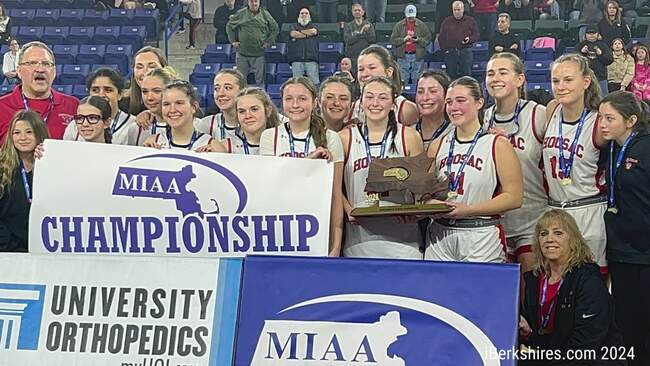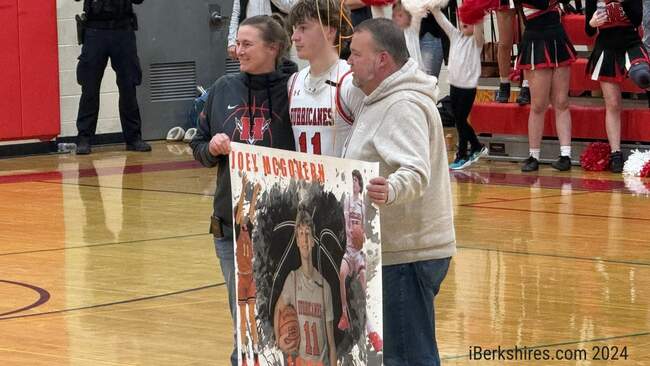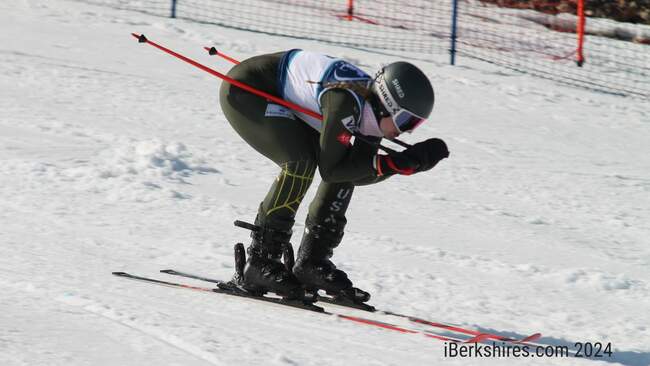
Southwestern Vermont Medical Center Names Education Director
 |
| Drew Totten |
BENNINGTON, Vt. — Drew Totten, clinical education and simulation specialist, has been promoted to the position of director of education and organizational development, effective June 1, at Southwestern Vermont Medical Center.
He replaces Margaret Daly, who retired from the position after an 11-year career in the health system.
Totten joined Southwestern Vermont Health Care in 1992 as a phlebotomist in the hospital laboratory and worked as an Emergency Department technician while attending nursing school. He also worked as a critical care registered nurse in the Emergency Department, and was a medical/surgical staff nurse with a specialty in oncology and palliative care. Totten joined the Education Department in 2007 and was responsible for creating the SVHC Innovative Learning Center for Simulation in 2011.
Totten holds bachelor of science degrees in nursing and business administration and will complete his master's in nursing education in March 2017.
Tags: SVMC,















